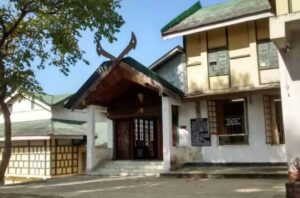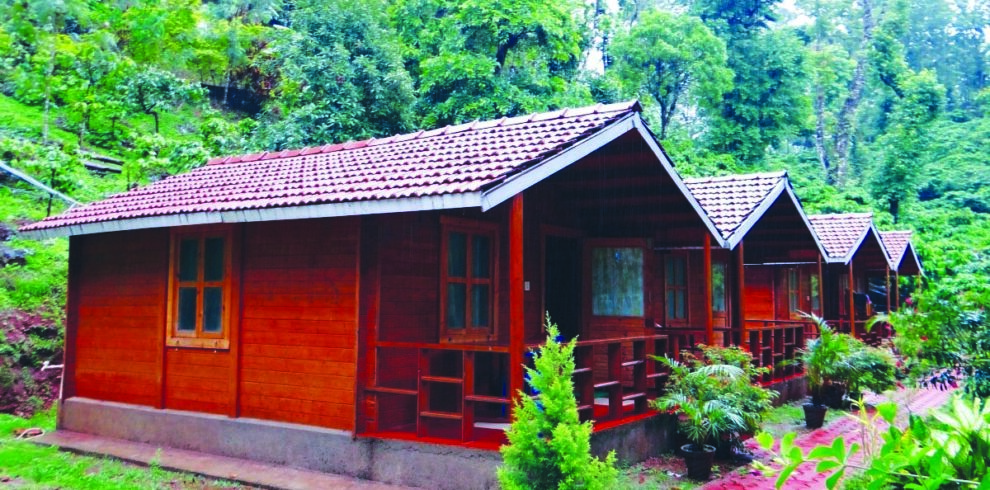1.5 Km from Kohima
The Kohima Museum, nestled in the capital city of Nagaland, offers a captivating glimpse into the rich cultural tapestry and history of the Naga people. Established in 1970, the museum is a treasure trove of artifacts that narrate the vibrant traditions, lifestyles, and heritage of Nagaland’s diverse tribes. Each exhibit is meticulously curated to provide visitors with a profound understanding of the region’s unique cultural identity.
Upon entering the museum, visitors are greeted by an array of traditional Naga artifacts. The museum’s collection is expansive, featuring tribal costumes, handcrafted jewelry, weaponry, and ceremonial drums. One of the most striking sections of the museum is the display of traditional Naga attire. These garments, intricately woven and adorned with beads, feathers, and shells, represent the distinctive styles of various Naga tribes. Each tribe has its own specific patterns and colors, which are showcased in the detailed exhibits.

The museum also boasts a fascinating collection of weaponry used by the Naga warriors. Spears, shields, and dao (machetes) reflect the martial history and prowess of the Naga tribes. These weapons, often ornately decorated, were not only tools of war but also symbols of status and valor. The exhibits highlight the craftsmanship and significance behind each piece, offering insights into the martial traditions that have shaped Naga society.
One cannot miss the section dedicated to Naga handicrafts. The museum showcases an impressive array of baskets, pottery, and wooden carvings. These items, crafted with precision and skill, are not merely utilitarian but also serve as artistic expressions of Naga culture. The intricate designs and patterns on these handicrafts tell stories of the tribe’s connection to nature, their daily lives, and their spiritual beliefs.
Another highlight of the Kohima Museum is the display of ceremonial and religious artifacts. These exhibits include traditional headgear, shawls, and ornaments used in various festivals and rituals. The Naga people celebrate numerous festivals throughout the year, each with its own unique customs and practices. The museum provides a detailed account of these festivals, explaining their significance and the traditions associated with them. This section is particularly enlightening for those interested in the spiritual and ritualistic aspects of Naga culture.
The museum also houses a collection of photographs and documents that chronicle the history of Nagaland. These historical records provide a glimpse into the past, from the colonial era to the struggle for Naga identity and autonomy. The photographs, some dating back to the early 20th century, capture the everyday life of the Naga people, their customs, and their interactions with the outside world.
In addition to its permanent exhibits, the Kohima Museum frequently hosts temporary exhibitions and cultural programs. These events, often organized in collaboration with local artists and scholars, aim to promote Naga culture and foster a deeper understanding of its heritage. The museum’s educational initiatives, including workshops and guided tours, are designed to engage visitors of all ages and backgrounds.
The Kohima Museum is more than just a repository of artifacts; it is a cultural hub that celebrates the richness and diversity of Naga heritage. It provides an immersive experience that allows visitors to explore and appreciate the profound cultural legacy of Nagaland. For anyone interested in the history and traditions of Northeast India, a visit to the Kohima Museum is an enlightening and enriching journey.



